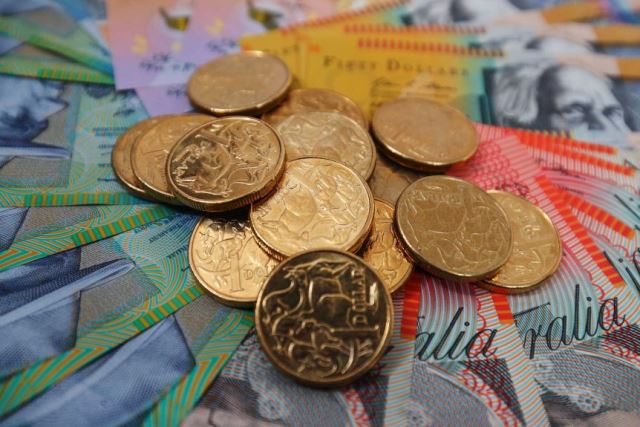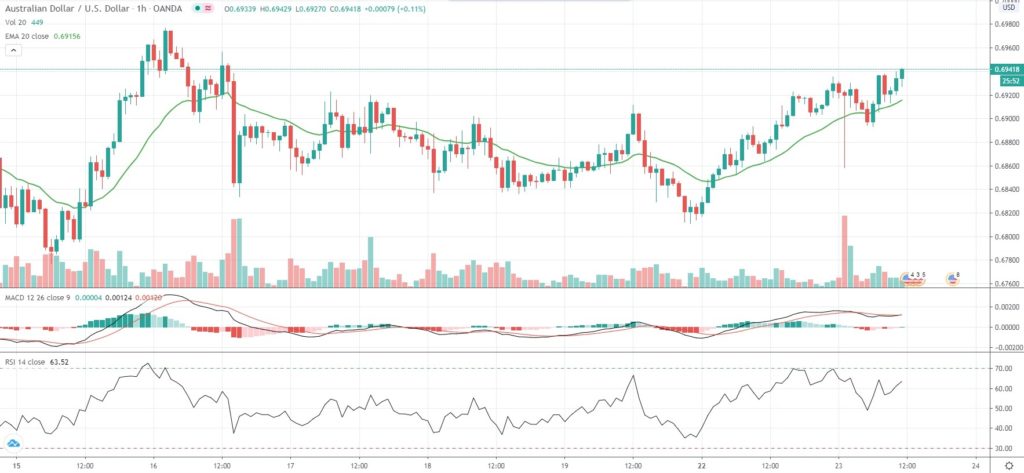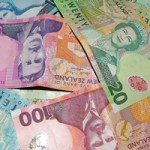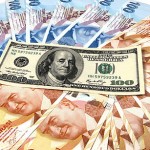
AUD/USD erased earlier losses and surged to a fresh one-week high during European trade on Tuesday, as investor risk appetite resumed, while recent macro data added to hopes of a swift recovery from the pandemic-induced recession.
Market risk sentiment took a hit in early Asian trade on Tuesday, mounting pressure on equities, commodity currencies and oil, following comments from White House trade adviser Peter Navarro that the trade deal between the United States and China is “over.” However, later Navarro issued a statement, in which he said he had been “speaking to the lack of trust” in China’s administration and his remarks had been “taken wildly out of context.”
US President Donald Trump also contributed to easing earlier fears over the fate of the deal, as he tweeted the agreement was “fully intact.”
“We expect limited further fallout, with President Trump expected to remain committed to the phase one trade deal in the run up to the election,” Lee Harman, currency analyst at MUFG, said.
“However, last night’s price action does highlight that the FX market remains sensitive to trade policy uncertainty. It remains a potential trigger for higher volatility.”
AUD/USD plummeted more than 0.70% to an intraday low of 0.6858 in an initial reaction to the news before recovering later in the day. The Aussie tends to be quite sensitive to news of potential trade flow disruptions, with China being Australia’s largest trade partner.
As of 11:40 GMT on Tuesday AUD/USD was gaining 0.56% to trade at 0.6947, after earlier touching an intraday high of 0.6949, or a level not seen since June 16th (0.6977).
A report by Markit earlier Tuesday showed that activity in Australia’s manufacturing industry had decreased at a slower rate than expected in June, as new orders, output and exports dropped at a much softer pace compared to May. At the same time, activity in Australia’s services sector expanded for the first time since January in June, preliminary data showed, with the respective PMI rising to a level of 53.2, the highest since November 2018.
The latest business surveys for the Euro Area and the United Kingdom also showed improvement in manufacturing and services sector conditions.
In terms of US economic calendar, a report by IHS Markit at 13:45 GMT may show manufacturing activity shrank at a slower rate in June, with the respective PMI coming in at a reading of 48.0. In May, the gauge was reported at a final 39.8, which indicated the second-steepest deterioration in manufacturing sector conditions since April 2009.
Additionally, the IHS Markit Services PMI probably also pointed to a less steep contraction in activity in June from a month ago. The index probably rose to a level of 46.5 from 37.5 in May.
A separate report by the US Census Bureau at 14:00 GMT may show new home sales rose 2% to 0.634 million units in May, according to market consensus. In April, sales of new single-family homes in the country went up 0.6% from a month ago to an annualized rate of 0.623 million.
Bond Yield Spread
The spread between 2-year Australian and 2-year US bond yields, which reflects the flow of funds in a short term, equaled 7.0 basis points (0.070%) as of 10:15 GMT on Tuesday, up from 6.8 basis points on June 22nd.
Daily Pivot Levels (traditional method of calculation)
Central Pivot – 0.6881
R1 – 0.6951
R2 – 0.6992
R3 – 0.7062
R4 – 0.7132
S1 – 0.6839
S2 – 0.6769
S3 – 0.6727
S4 – 0.6685






